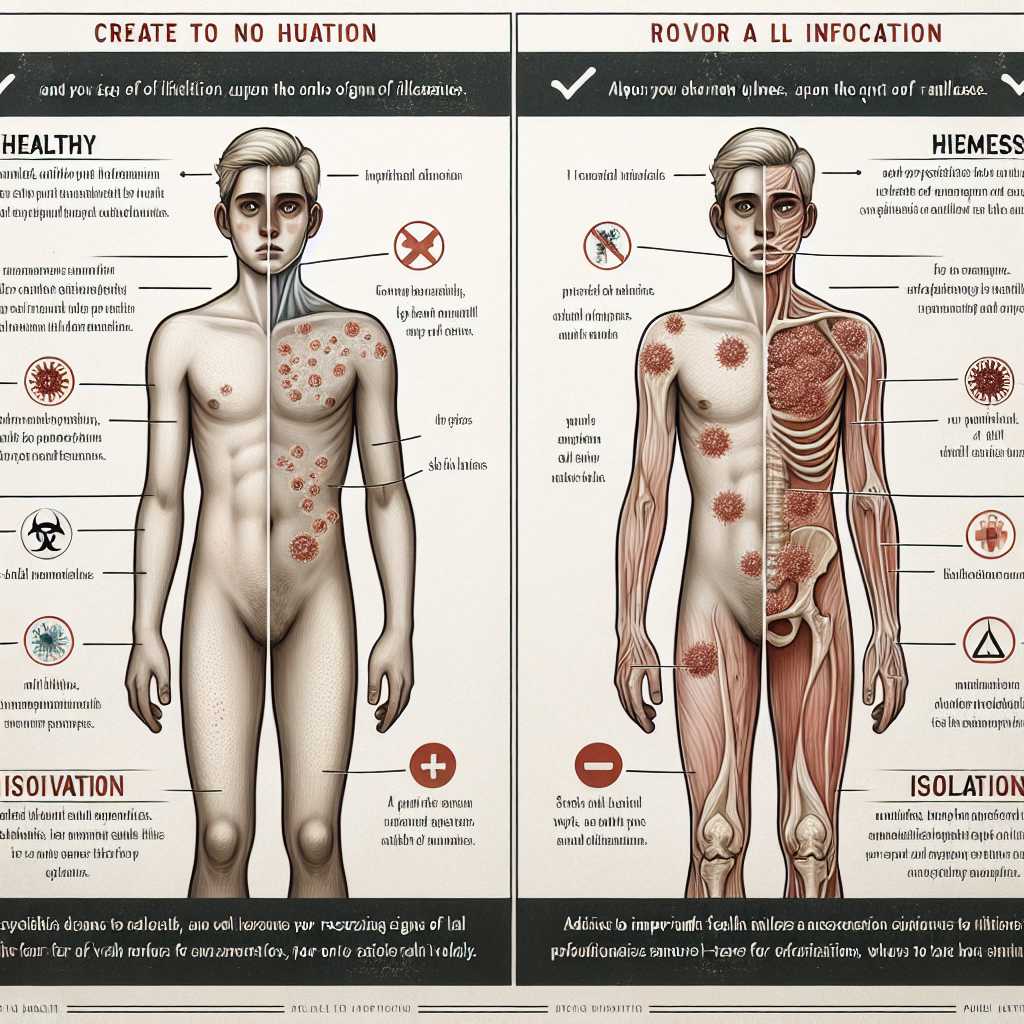Understanding the Monkeypox Outbreak: An In-depth Overview
What is Monkeypox?
Monkeypox is a zoonotic viral disease, which means it can be transmitted from animals to humans. Caused by the monkeypox virus, it belongs to the Orthopoxvirus genus in the family Poxviridae. The virus was first discovered in 1958 when outbreaks of a pox-like disease occurred in monkeys kept for research. The first human case was recorded in 1970 in the Democratic Republic of Congo (DRC).
The disease is similar to human smallpox, albeit less severe, and has two distinct genetic strains: the West African and the Congo Basin (Central African) clade. Its symptoms include fever, headache, muscle aches, backache, swollen lymph nodes, chills, exhaustion, and a distinct bumpy rash. Transmission occurs through close contact with infected animals, humans, or materials contaminated with the virus.
The 2022 Monkeypox Outbreak
In early May 2022, multiple cases of monkeypox were reported outside of central and west Africa, where the disease is endemic. What concerned global health authorities was the manner of its spread; cases were popping up in non-endemic countries without individuals having traveled to regions where monkeypox was established. This indicated a deviation from the norm and warranted an escalated public health response.
As cases rose and spread to various countries, the World Health Organization (WHO), the Centers for Disease Control and Prevention (CDC), and other national health institutions stepped up surveillance efforts while researching possible modes of community-based transmission. The majority of these cases were detected within urban areas and clusters seemed to be associated with specific social events or venues indicating a human-to-human transmission pathway.
Clinical Features and Diagnosis
Diagnostic tests include polymerase chain reaction (PCR) testing of tissue samples from lesions or fluids from respiratory tracts. Diagnosing monkeypox involves looking for signs of pox-like lesions on the skin and confirmatory laboratory testing since its initial presentation can be similar to other diseases such as chickenpox or smallpox.
Identifying Monkeypox requires a high level of clinical suspicion, especially in non-endemic countries—a challenge considering most clinicians outside of Africa have little to no experience identifying or treating it. Within regions where monkeypox is more common, there may be underreporting due to lack of access to adequate healthcare facilities and diagnostic tools.
Public Health Response and Containment Efforts
With increased international concern over the spread of monkeypox, effective containment relies on successful contact tracing, quarantine measures for known cases, and appropriate care for those affected. Another crucial step has been broad education campaigns to help healthcare workers recognize symptoms and manage diseases efficiently.
Prevention strategies mirror those established for other communicable diseases: appropriate hand hygiene, use of personal protective equipment (PPE), and avoiding contact with those suspected of having been infected. Additionally, prior vaccination against smallpox appears to provide some cross-protection against monkeypox due to the close relation between the two viruses.
Global Implications of Continued Spread
The continued spread of monkeypox raises concerns regarding global health security as unexpected disease outbreaks stress public health systems and need international cooperation. Health organizations point toward this outbreak as evidence that more robust surveillance infrastructure, greater investment in pandemic preparedness, and equitable access to medical resources are urgently needed globally.
International trade and travel are also affected by outbreaks as seen in responses like travel advisories, added screening processes, or trade restrictions for animals possibly harboring the virus. These have significant economic implications aside from the direct cost of healthcare provision during outbreaks.
Vaccination and Treatment Approaches
Although there is no specific vaccine for monkeypox itself as of my knowledge cutoff in 2023, smallpox vaccines have been used off-label due to similarity between the viruses as mentioned earlier. Antiviral drugs are also an option under investigation for their effectiveness against monkeypox.
Research is ongoing into more focused forms of treatment and prophylaxis against monkeypox specifically.
Notes
– Based on studies done following the 2022 outbreak, primary routes of transmission include direct contact with body fluids or lesion material from infected humans or animals and contaminated items such as bedding or clothing.
